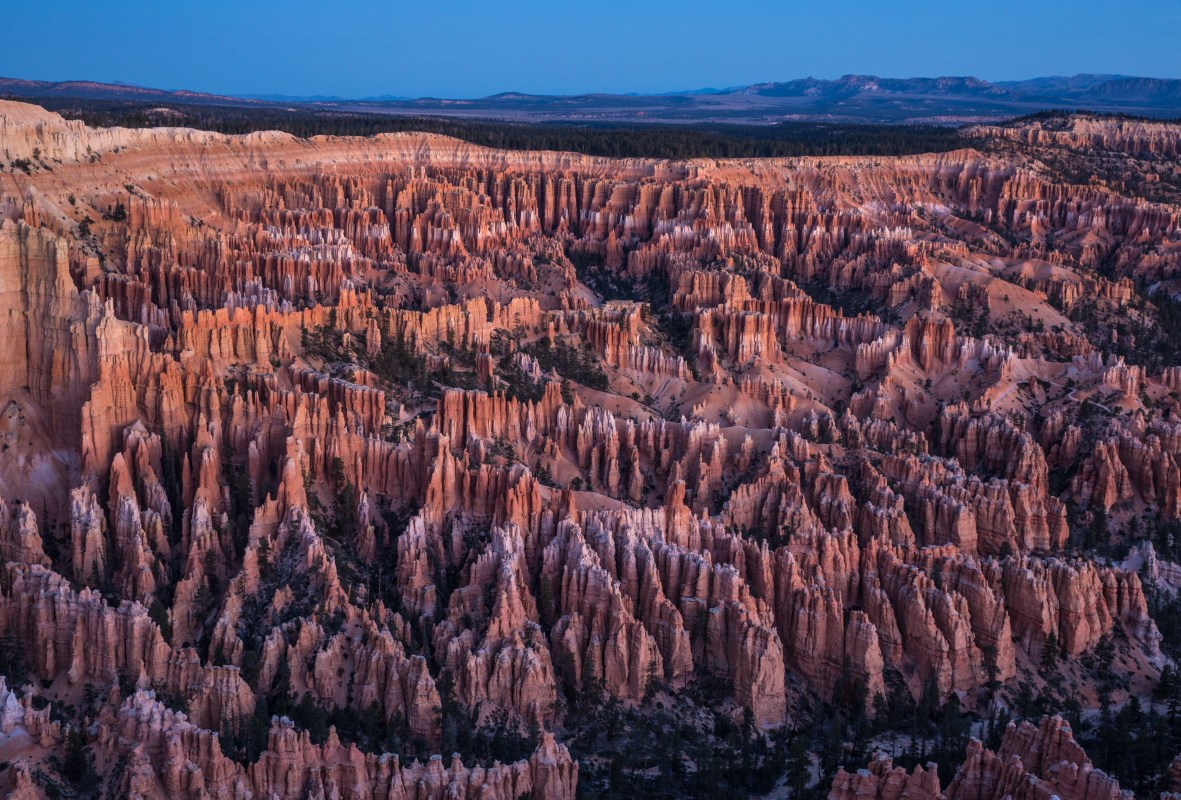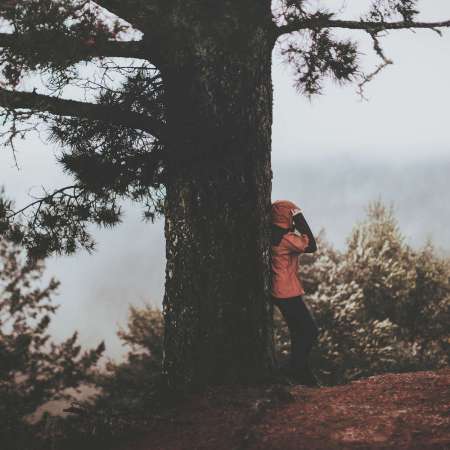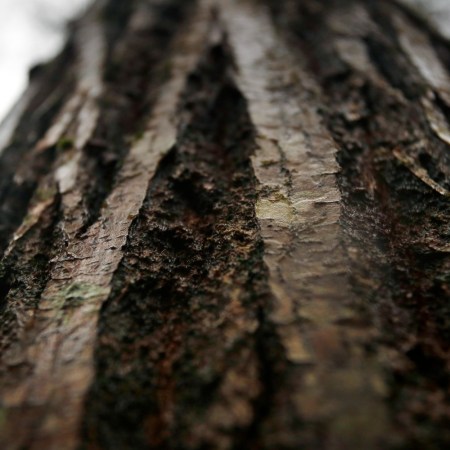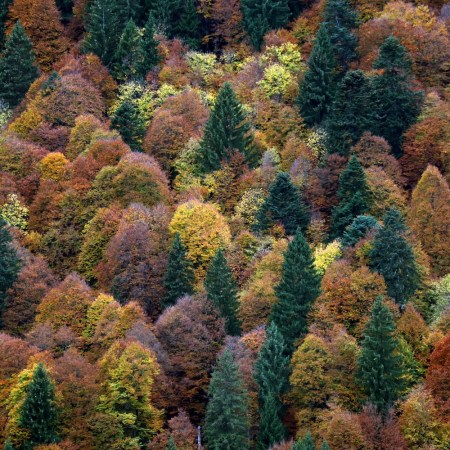Time travel is real—well, kind of, if you know where to look. And there’s nowhere better to start a journey back though 500 million years of geological history than one of our country’s national parks. Over the course of millions of years, clues, surprises and magnificent sights have been left behind for adventure seekers to discover.
So, here’s a list of amazing places and prehistoric sights you can behold there.
Petrified Forest National Park – Formed 200+ million years ago
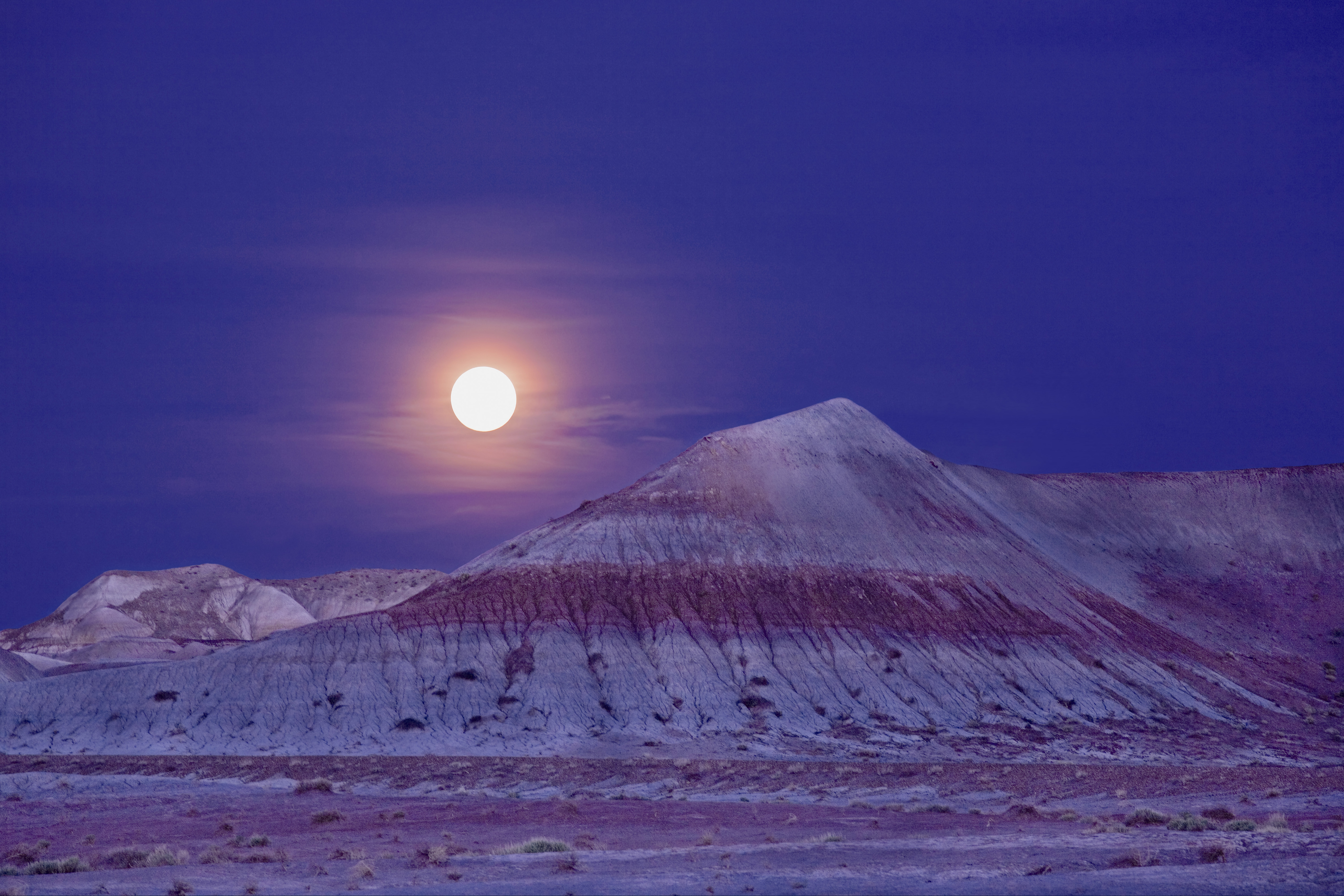
Formed during the Triassic period more than 200 million years ago, there are more than 10 types of petrified wood found in the Petrified Forest National Park. Visitors can hike through never-before-open Red Basin and little known areas like Martha’s Butte areas. Keep an eye out for a fossil or two—they’re literally everywhere!
Bryce Canyon National Park – Formed 100 million years ago
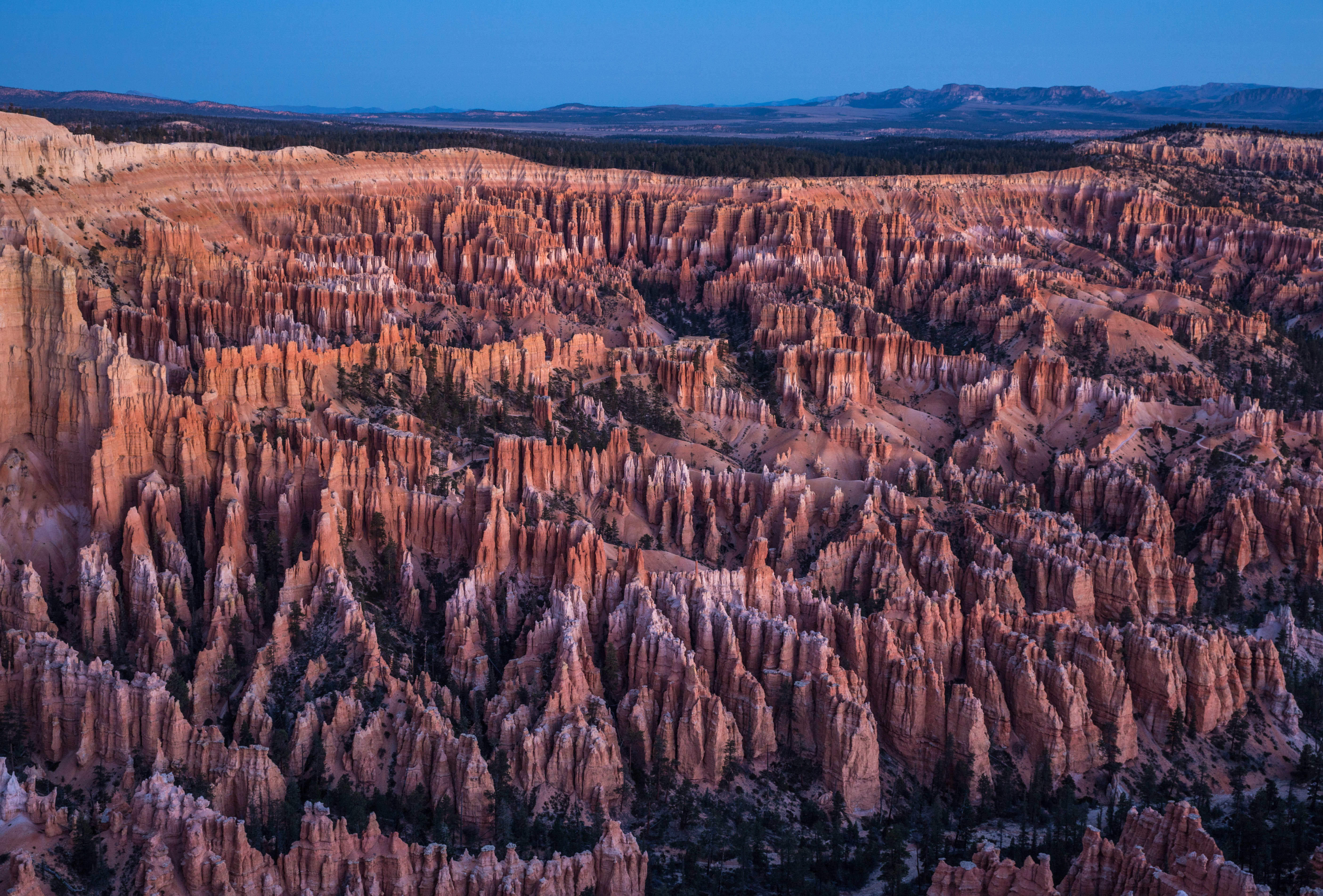
At one point in history, the Western Interior Seaway covered much of the eastern part of Utah. Then, as Alexa Sedlacek, Assistant Professor at the University of Northern Iowa, explained to National Geographic: “fast production of new ocean crust displaced ocean water onto the continents.” The uplift of the Colorado Plateau pushed the altitude of Bryce Canyon to 9,000 feet and mixed in new sediments with the existing rock. To learn more about the park, visitors can take ranger classes, go on natural walks/talks, and trek on nighttime moon hikes.
Death Valley National Park – Formed 35+ million years ago
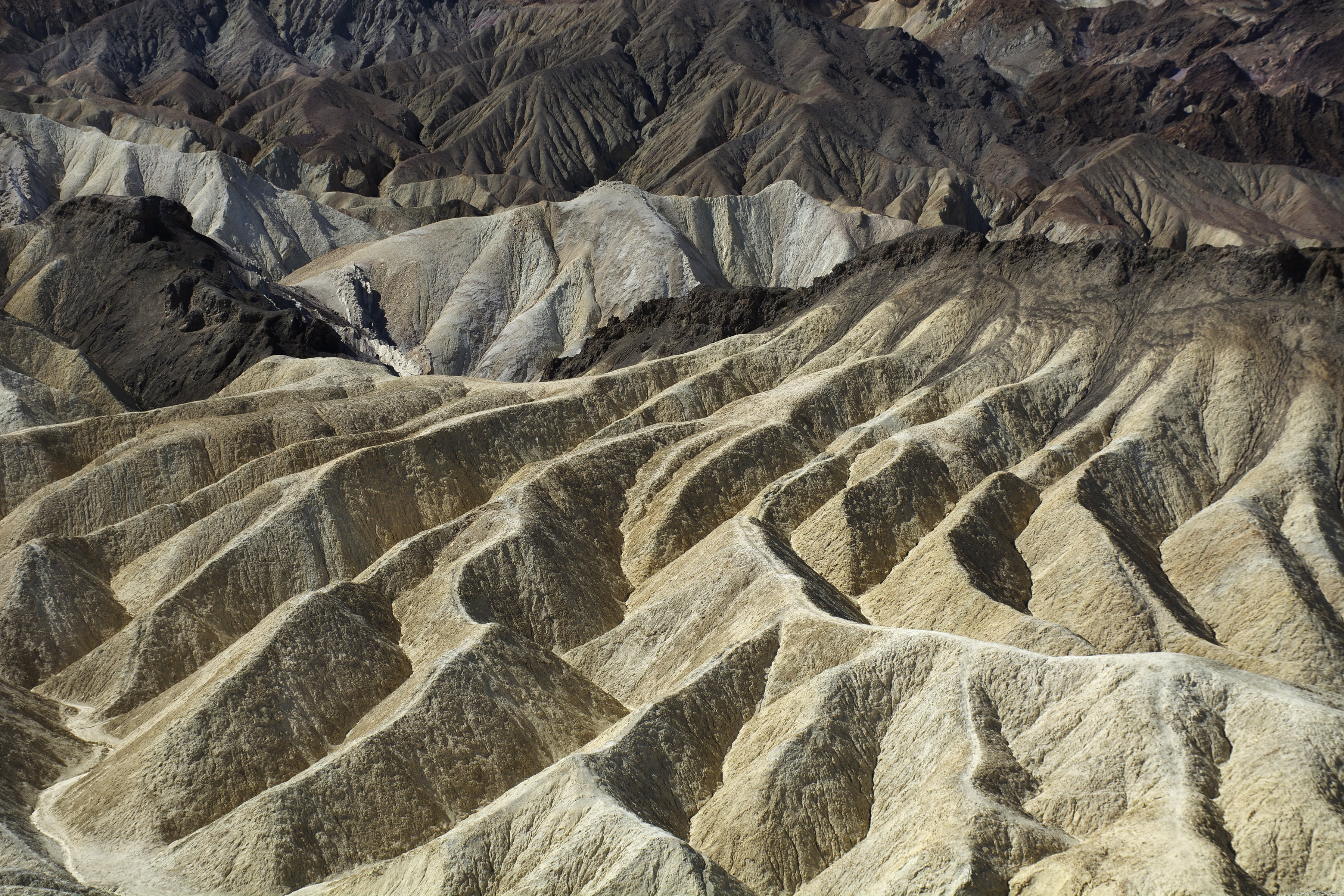
Once covered by an ancient lake 500 million years ago, the current landscape of the Death Valley National Park was formed between five and 35 million years ago. The layers of mud salt that now forms the basin floor was created during ice ages that filled the region with lakes. Visitors to the park can go on guided car tours, visit the Badwater Basin, and snap photos of the Mesquite Flat Sand Dunes. Your pets, however, will need to stay at home as furry friends are not allowed in the park.
Great Smoky Mountains National Park – Formed 400+ million years ago
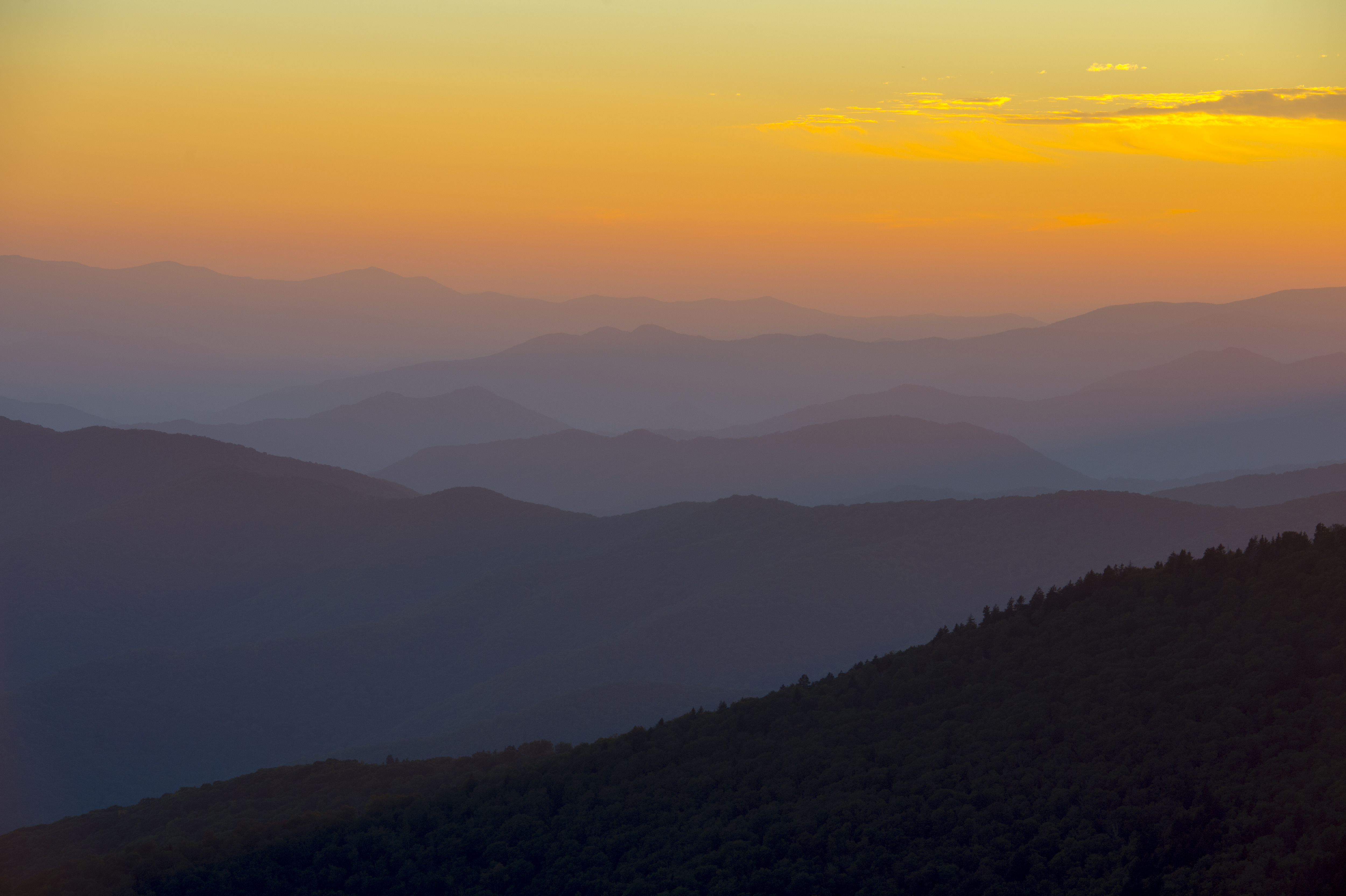
The very first rocks were forming in what is now the Great Smoky Mountains National Park between 500 and 800 million years ago. When the North American tectonic plate collided with the African tectonic plate about 400 million years later, the mountains of the Appalachians were thrust upward from the ground. There are plenty of tours, camping areas and places to eat when you visit. Plus, who wouldn’t want to stop by Dollywood?
Black Canyon of the Gunnison National Park – Formed 500+ million years ago
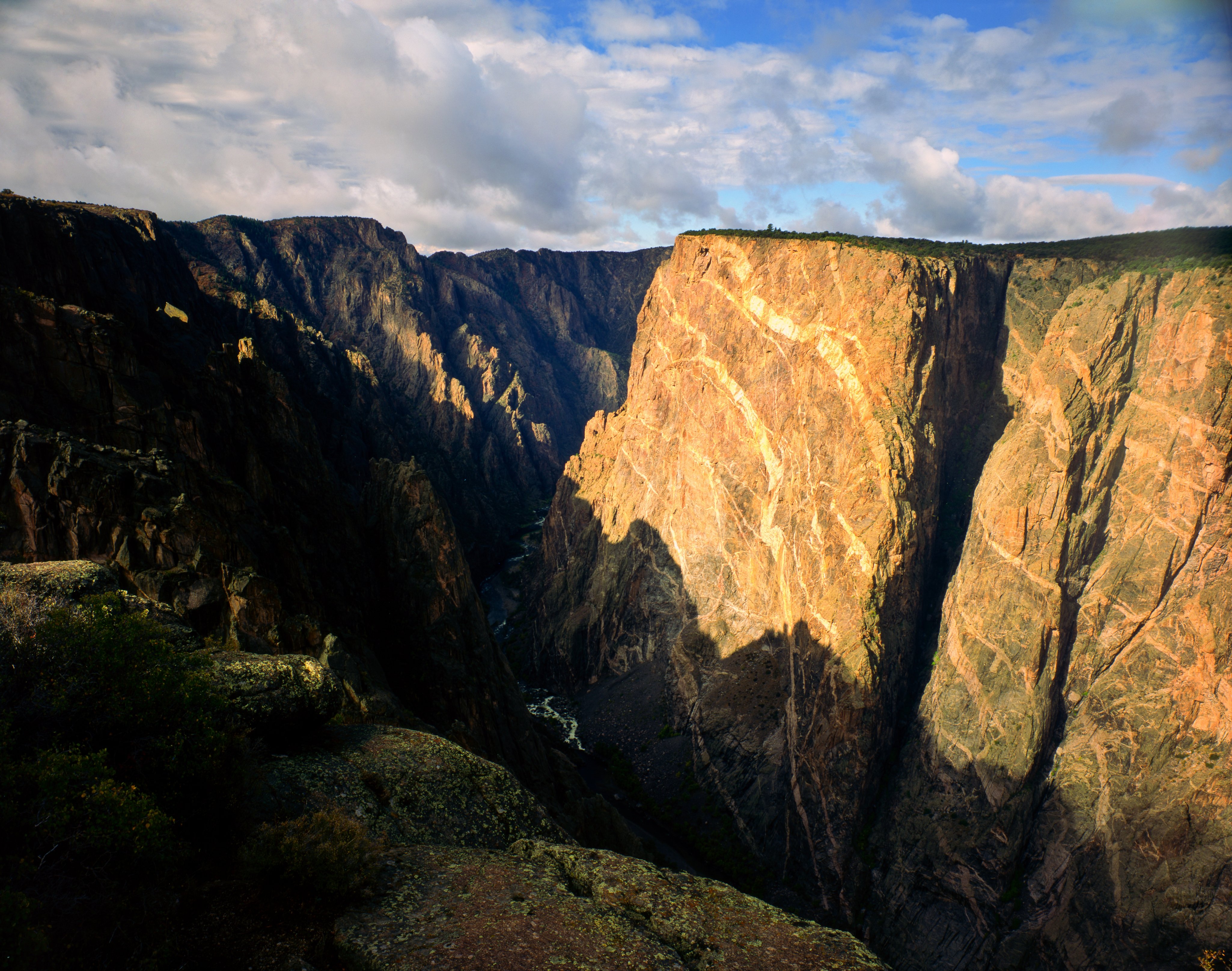
Over 500 million years ago, water cut through the earth forming the Gunnison River between two massive granitic walls in the Black Canyon of Gunnison National Park. The river flows above the rock formed 1.7 billion years ago. Hikers must acquire a hiking pass to traverse the steep inclines and declines of the Black Canyon trails.
Zion National Park – Formed 200+ million years ago
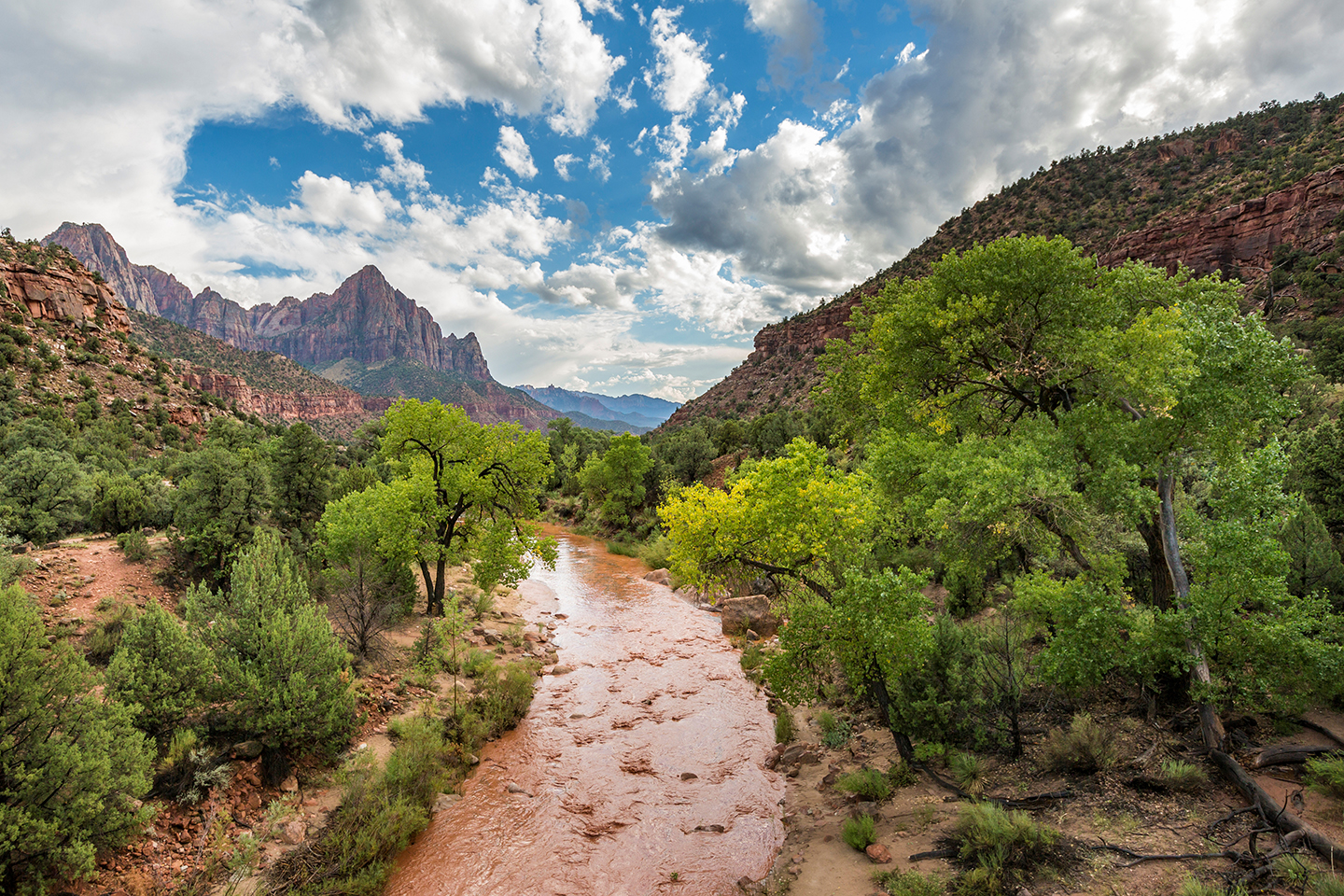
Sand dunes covered Zion National Park more than 200 million years ago. Over time, those dunes became what are now cliffs up to 2,000 feet high. The park is also home to over 1,100 plant and wildlife species. Visit the National Park Service site for info about where to park and camp.
Yosemite National Park – Formed 50+ million years ago
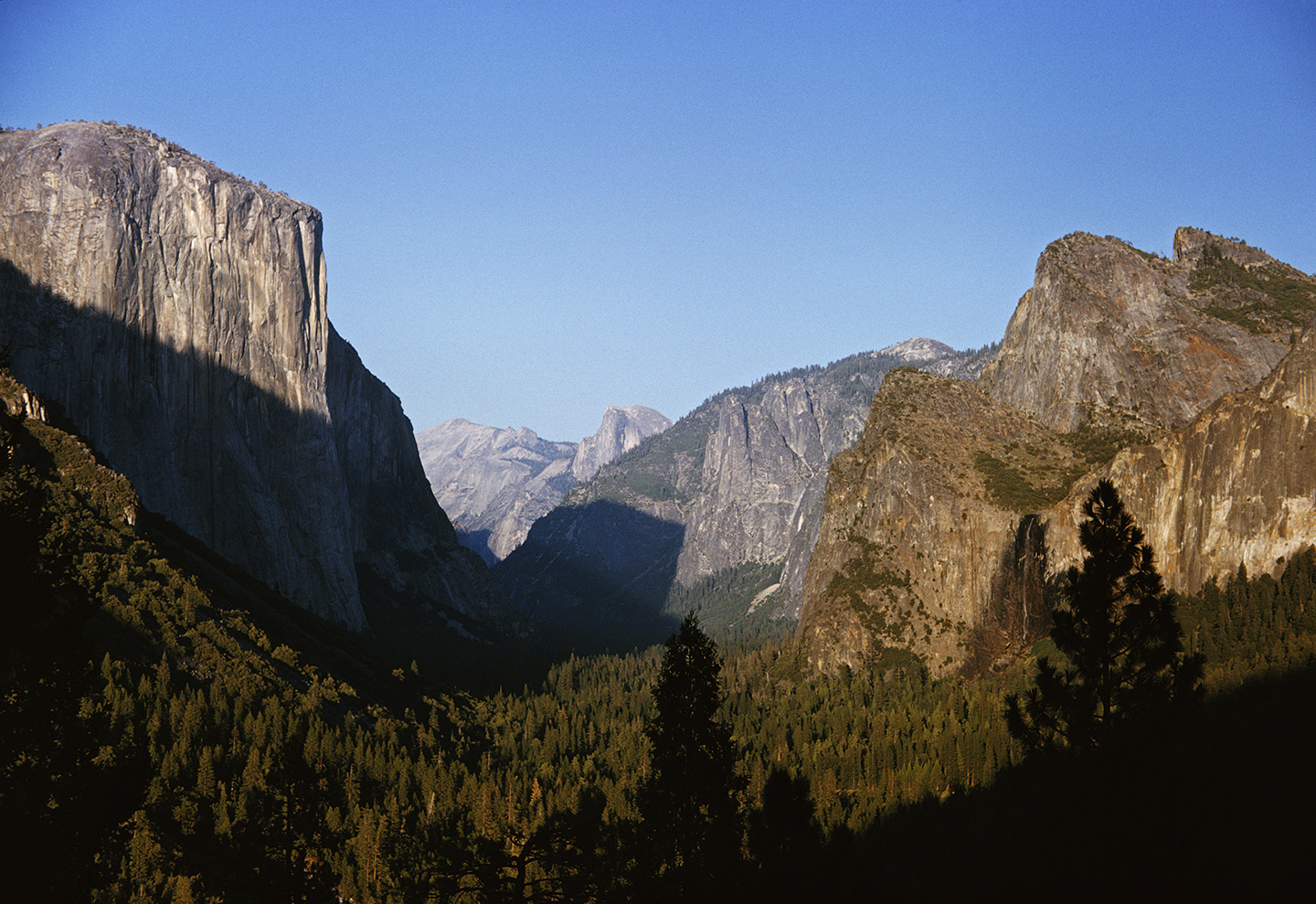
Fifty million years ago the Yosemite Valley was a majestic scene of rolling hills and lush greenery. Fast forward 49 million years and that same landscape is now covered in ice. Then, 10,000 years ago the final glaciers and ice sheets melted and the result is what we can see and visit today. When you visit Yosemite, try to get their early to avoid traffic and find parking. Once in the park, you can enjoy car and bike tours, hiking and camping, as well as ranger education programs.
Sequoia National Park – Formed 100+ million years ago
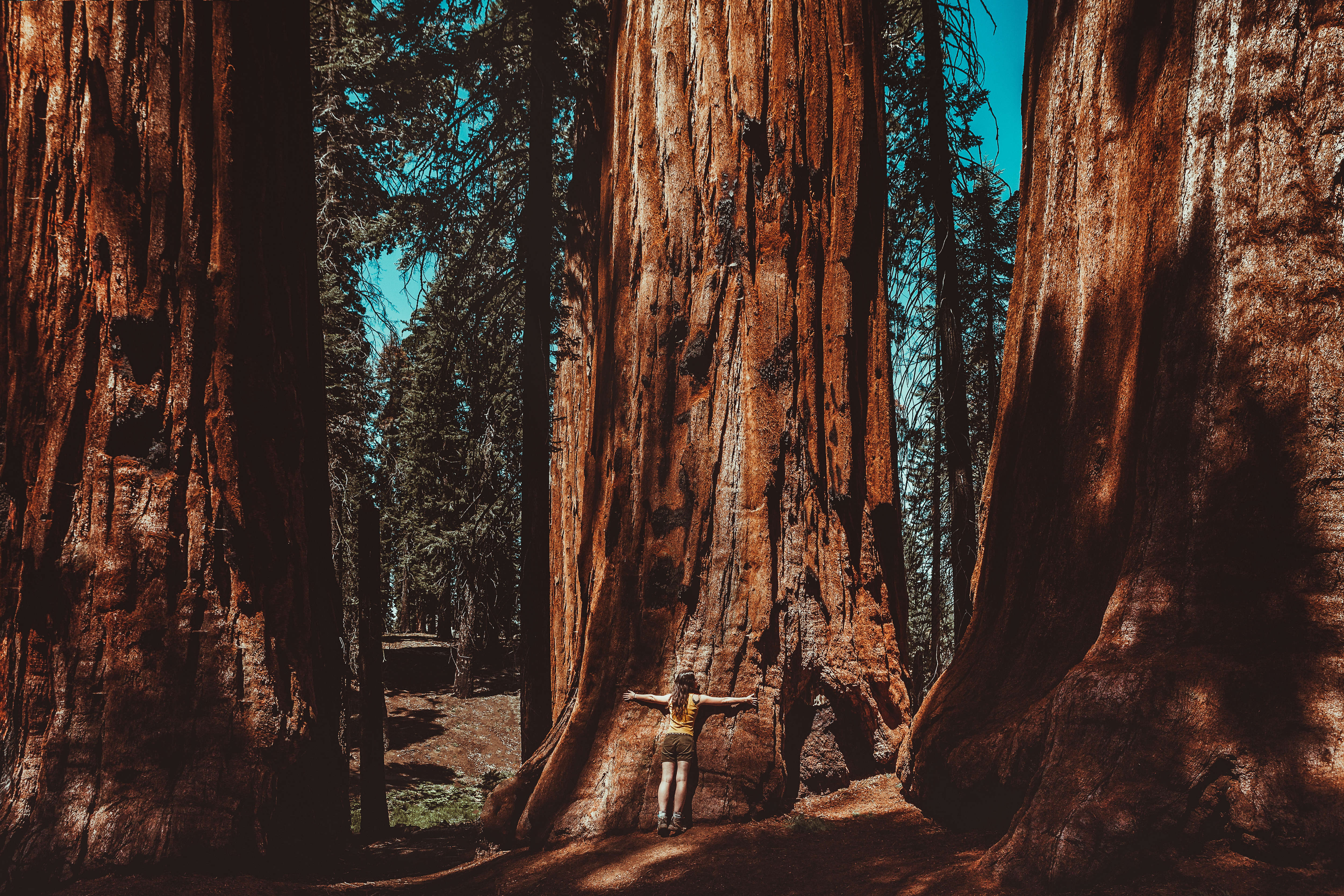
The formation of the Sequoia National Park region began more than 100 million years ago. However, those massive trees that park visitors love taking photos in front of are only babies in comparison. The sequoia trees, the oldest being 3,266 years old, are a recent geological development.
For more information about these national parks and other parks not featured here, visit the National Park Service website.
This article was featured in the InsideHook newsletter. Sign up now.
